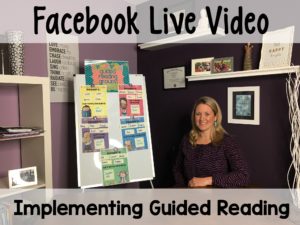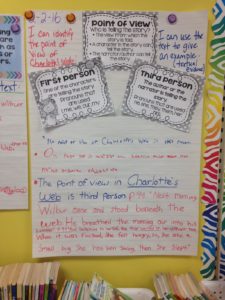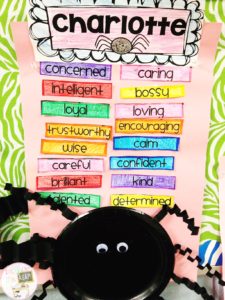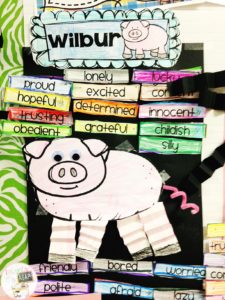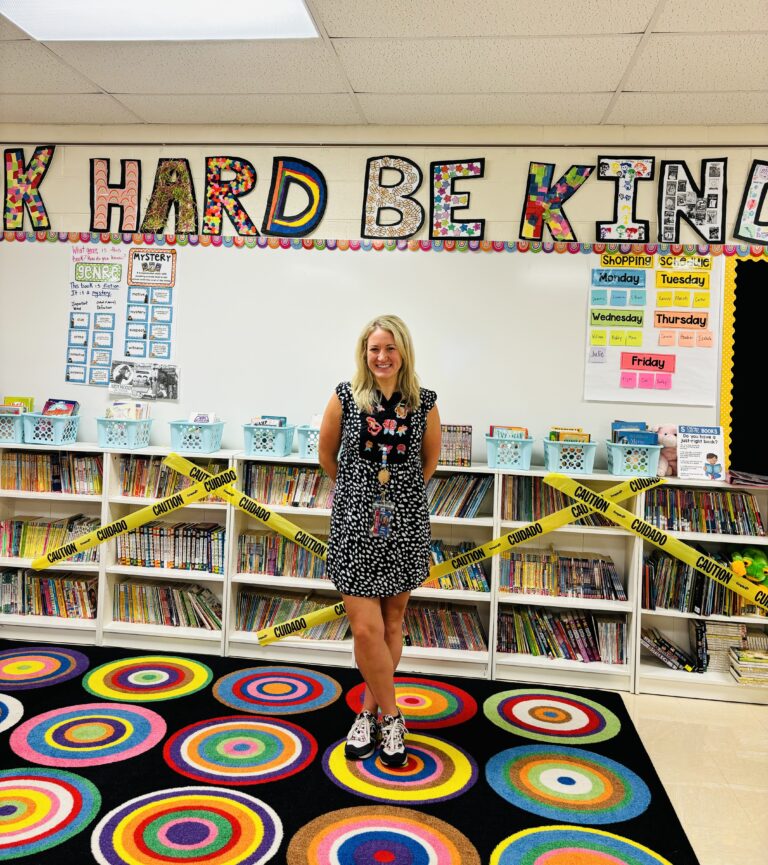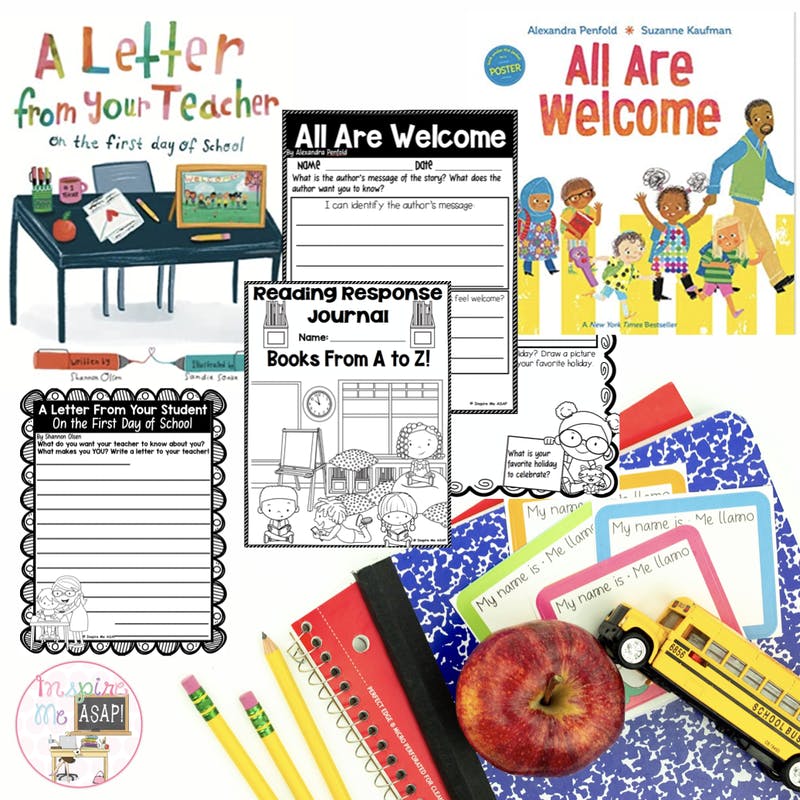On August 8, 2016, I posted a live video on my Facebook page about implementing guided reading in a primary classroom at the beginning of the new school year. You can view this video by clicking HERE or by clicking on the image below, where you be taken to my Facebook page.
This video gives 6 specific and detailed steps to take when implementing guided reading into your primary classroom at the beginning of a new school year. (The video starts off sideways for a few minutes–but then returns to normal.) This is a 40 minute detailed video to watch now or save for later! A summary of my video is on THIS blog post, which includes the links for all the resources that I included in my guided reading video.
Ok…now on to the seventh in my eight post series about implementing book clubs into your classroom. Last week, I wrote about student-led conversations, which you can read more about HERE. Today, I am writing specifically about the role of the teacher in book clubs.

If you have been reading the other posts in my 8 post series, you will already have an idea about the role of the teacher in book clubs.
A teacher’s job includes:
- Creating groups of students who will work in a book club
- Teaching mini-lessons to set book club expectations and teach CCSS
- Differentiating instruction within groups
- Conferencing and meeting with clubs
- Taking anecdotal records about groups and individual readers
Teachers Create the Groups
When implementing book clubs, one of the first responsibilities of the teacher is to create groups. I begin the year by introducing reading partnerships with my students, which is an important part of my reading workshop time. A reading partnership is when there are two students who are at similar reading levels and have similar reading interests. (You can reading more about reading partnerships by clicking HERE.) These long term partnerships help to set the stage for book clubs, which I begin in middle of the school year. Once my students understand how and why we read, write, and talk with their partner, then they are ready to begin book clubs. I take two pairs of reading partnerships to create a book club. Again, these partnerships have the same (0r very similar) reading level, interests, and behaviors. In addition, I pay careful attention to the personalities of my students and make sure there will be only one (or two) dominant personalities per book club.
Teachers Teach the Mini-lessons
Another important responsibility of a teacher is to teach the mini-lesson prior to the book clubs meeting. When I first implement book clubs with my third graders, I focus on teaching the expectations of book clubs. You can learn more about that by clicking HERE. Once our book clubs are up and running, I then teach whole group mini-lessons based on the mentor text we are reading. For example, during our Charlotte’s Web unit, I may teach a mini-lesson about identifying point of view in the novel.
The picture below shows the anchor chart that we created during our whole class mini-lesson. (This is actually an example of a lesson that was taught over the course of several days.) As you can see, the learning target/objective was to identify the point of view of Charlotte’s Web.
We worked as a class to identify specific examples in the text of how Charlotte’s Web is an example of third person point of view. As an extension to this reading workshop mini-lesson, book clubs identified the point of view in the book they were reading together. I walked around, visiting each group, and listened in to hear their conversations, reminding them to cite textual evidence and expand on their ideas.
In the picture below, I taught a mini-lesson about identifying the theme of Charlotte’s Web. As a class, we worked together to find evidence in the text that supports friendship as one of the central themes of Charlotte’s Web. (We also focused on the theme in future mini-lessons.) As an extension to this reading workshop mini-lesson, book clubs identified the theme in their book they were reading together.
One more example…
One major area of focus during my Charlotte’s Web unit was diving deep into analyzing the characters. I taught at least three different reading workshop mini-lessons about identifying and inferring character traits of Charlotte and Wilbur. In addition to spending time learning about the definition of these traits, my students “debated” different traits for each character. Some students were adamant that Wilbur was childish and other students did not agree. After finding specific examples in the text, we agreed that yes, at the beginning of the novel, Wilbur acted childish in many ways. It was really fun to hear the students “prove” why they thought Charlotte and Wilbur were a specific character trait!!
After spending time really focusing on the character traits and motivations about the main charters in Charlotte’s Web, then the book club groups worked together to create a list of character traits that described the main character in their book. Some groups used the same traits that we already discussed with Wilbur and Charlotte. Other book clubs created synonyms for the traits we discussed and gave examples of how the characters displayed those traits. All groups were encouraged to give specific evidence in the text to support their reasoning.
(By the way… all the Charlotte’s Web resources can be found HERE.)
Teachers Differentiate Instruction
Teachers are also responsible for differentiating instruction during book clubs. One obvious way to differentiate instruction is with the actual books the groups select. I gather at least two different book choices for each book club and the members have the ultimate choice over what book to read. Another way to differentiate instruction is to challenge each group to a specific skill/strategy/purpose. You may suggest one group focus on a speaking/listening skill, yet another group needs to focus on elaborating on one idea and diving deep into that idea. You will find that some groups can identify their own goal!
Teachers Conference and Meet with Clubs
Last but not least, another teacher role during book clubs is to conference and meet with all clubs. Some days, I may go back and forth, visiting all 5 of my groups. I may listen, interject to share feedback or an idea that would add to the group’s discussion. For another group, I may monitor different types of participation with group members. I may encourage some members to share their opinion, expand their thinking, or use the text to support their idea. I may focus one particular student in the group and coach him/her on a specific speaking/listening skill, or even a specific strategy.
Other days, I may focus my time and attention between only one or two groups, taking anecdotal records of what I see and hear from the group members. Teachers might also find it beneficial to monitor the amount of pages that each group is assigning for their independent reading. Is it too much and overwhelming, resulting in students not finishing the assigned pages? Or, are the students not reading enough pages and the group is not working up to their highest potential? Either way, the teacher finds a way to encourage each group to focus on their own goal/need.
Teachers take Anecdotal Records
Ok, so this part I will actually save for my **last** book club post, which is about assessments in book clubs. Taking anecdotal records IS one of the teacher’s very important responsibilities. However, I am saving this part of the post for my final installment of book club series, about assessments. Here is a sneak peak of what I will talk about in that final post.
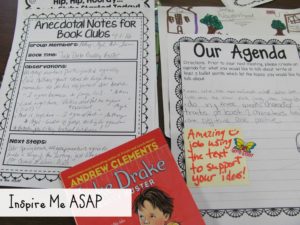
One final thought…
The groups will not be perfect. Problems will inevitably arise. At these times, I find one of the most difficult jobs of the teacher is to do “let go.” Let the groups problem solve. Let there be an uncomfortable, but completely appropriate, level of struggle with each group. This is where the magic happens! There will be times when you will have to restrain yourself from interrupting or interjecting. Something’s the hardest part of book clubs is to “simply” let go…let go and let the students take ownership over their meeting. Kids LOVE book clubs because THEY take so much ownership over them.
Did you miss one of my previous posts about book clubs? Catch them here!
Chapter One: Introduction to book clubs
Chapter Two: Benefits of book clubs
Chapter Three: Matching books to readers
Chapter Four: Book club expectations
Chapter Five: Accountability with book club members
Chapter Six: Student-led conversations in book clubs
Chapter Seven: Role of the teacher in book clubs
Chapter Eight: Using assessments in book clubs
Looking for a resource to help you implement book clubs in your classroom?
Check out my Book Club resource by clicking on the image below:
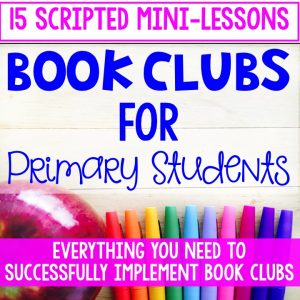
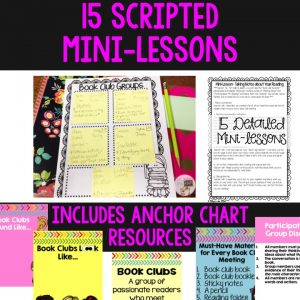
Book Clubs-This reading file will help you implement book clubs in your primary classroom.
Looking for an engaging and sure-fire way to motivate your readers? This 107 page file has everything you need to know in order to effectively implement a book clubs with your rockin’ readers, while meeting the CCSS for Speaking and Listening.
There are 15 mini-lessons that are included in this file, which focus on establishing routines and setting expectations for book clubs with your students.
Mini-lessons include:
Detailed lesson plans
Colorful posters for you to print for your anchor charts
Reproducibles for your students
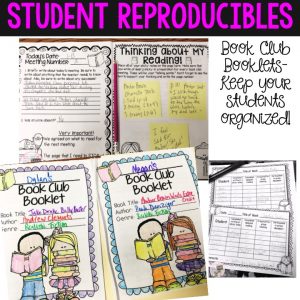
During this unit, readers will learn to:
-Define book clubs and understand its importance
-Describe characteristics of what book clubs LOOK like
-Describe characteristics of what book clubs SOUND like
-Book club members are assigned
-Commit to expected behaviors
-Shop for a book
-Follow agendas to stay on task
-Prepare for group meetings
-Read assigned portions of text and take notes about what they read
-Participate in a group discussion
-Share their opinions with group members
-Keep conversations on-task and focused
-Compromise and problem solve when issues arise
-Use prompts to guide their discussions
-Self-reflect and evaluate their performance
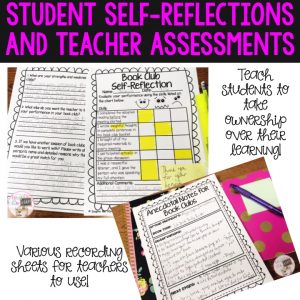
Also included in this unit:
-A note to send home to parents
-Tips for teachers about implementing book clubs successfully
-Detailed rubrics for teachers and students
-Bulletin board resources, where each group can post their group name, picture, assignment, and other important information
This Book Club Resource is also part of my Reading Workshop BUNDLE
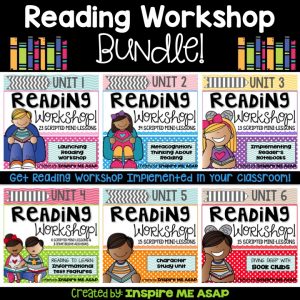
Click HERE to purchase Book Clubs on Teachers Pay Teachers.
Save 10% by purchasing directly from my website.

